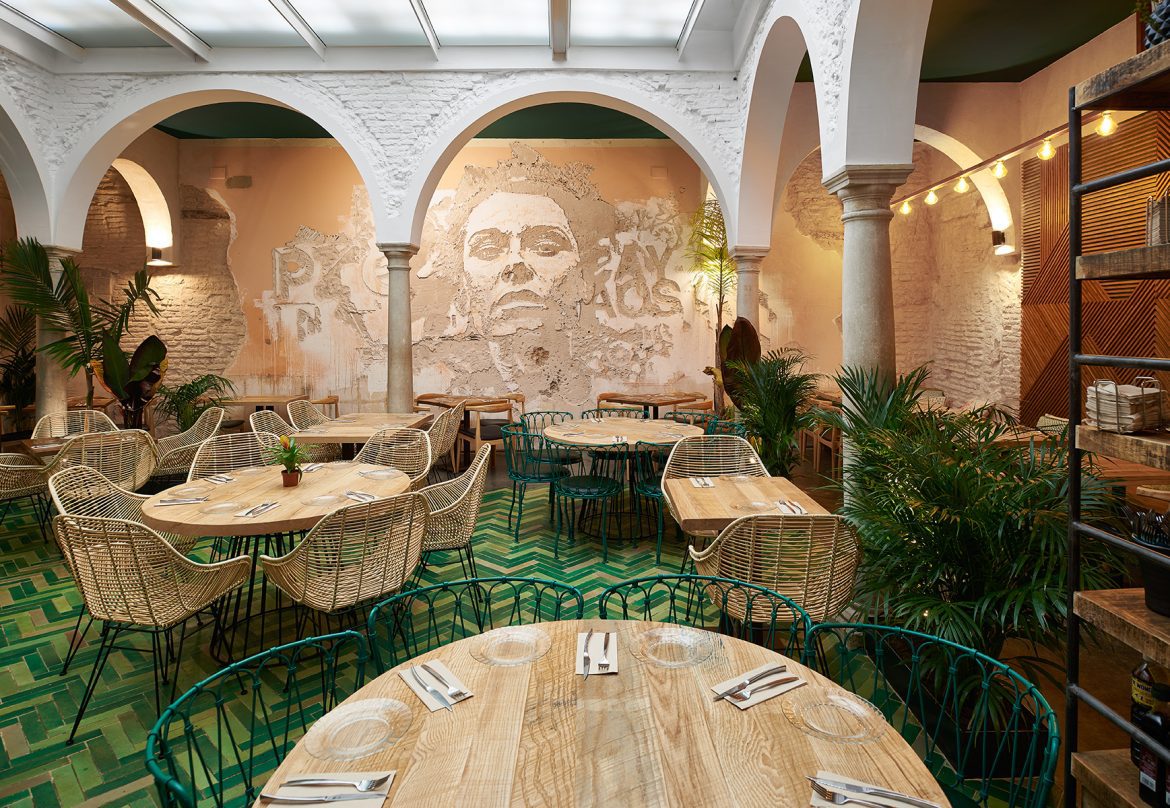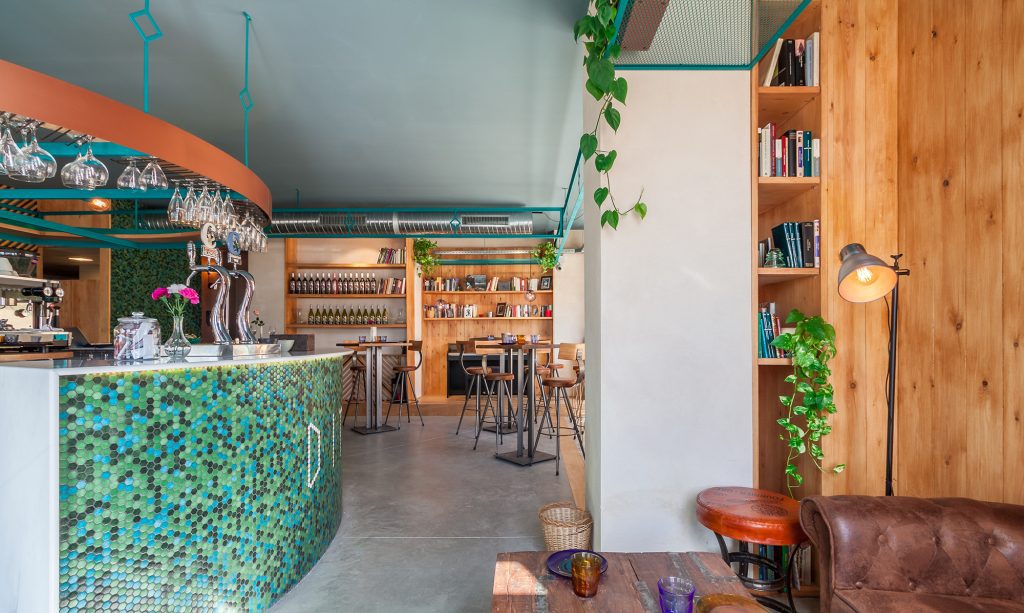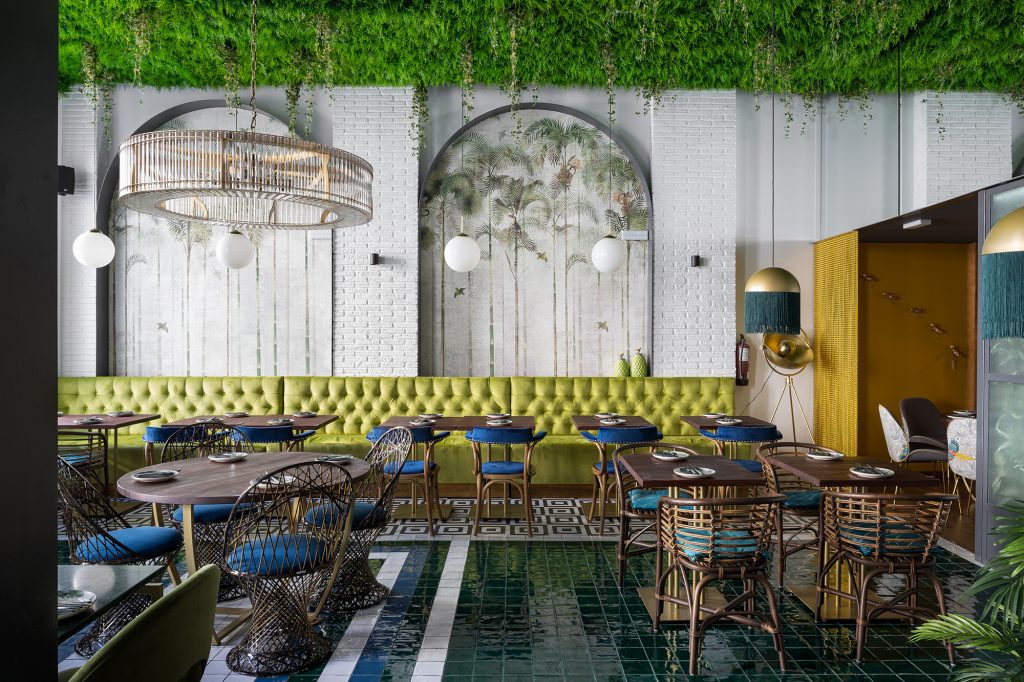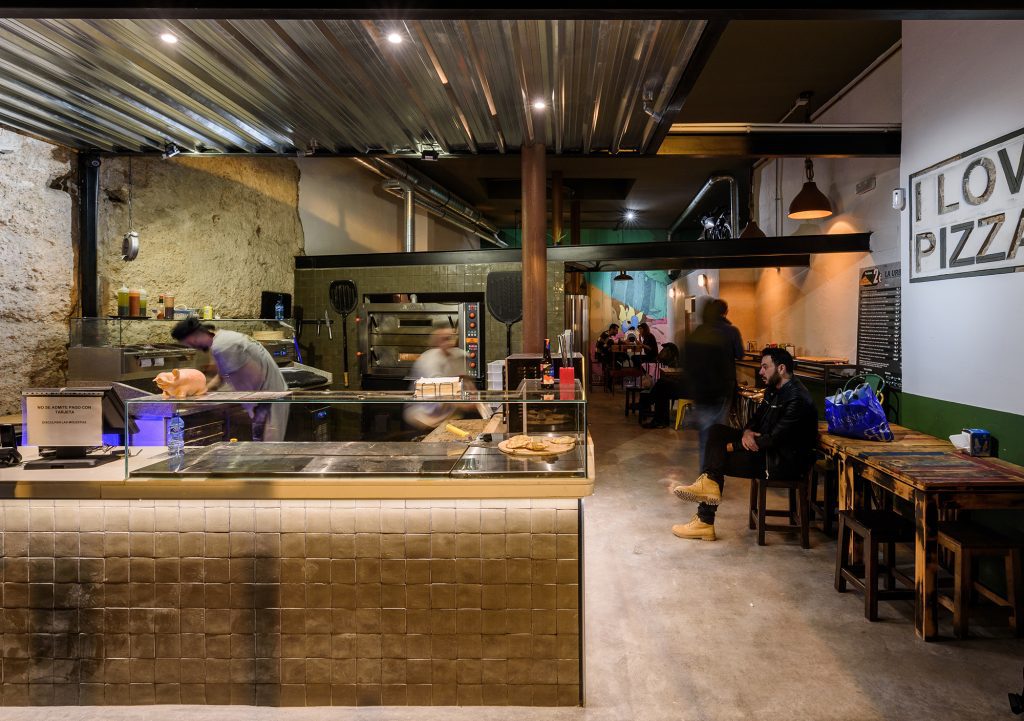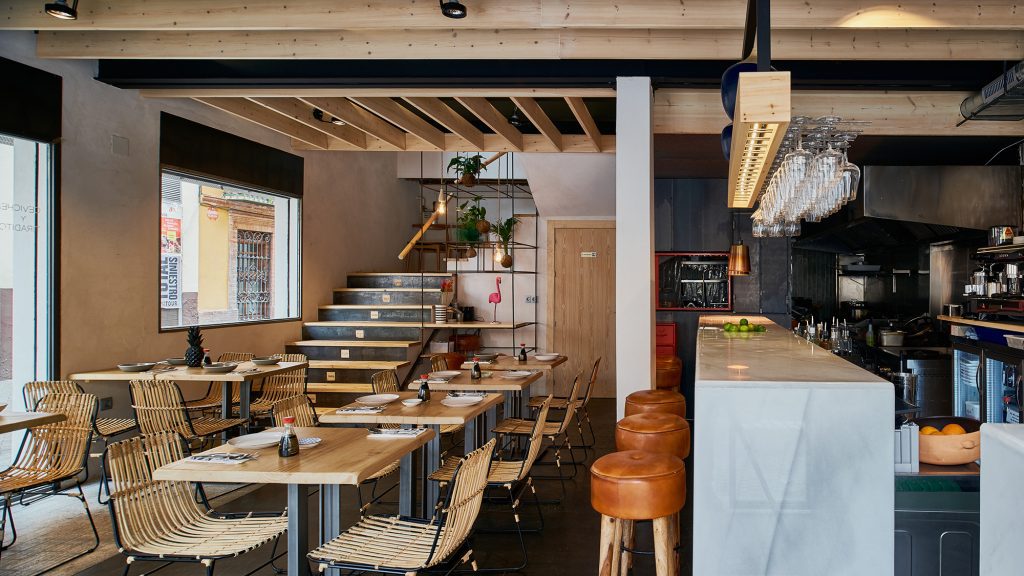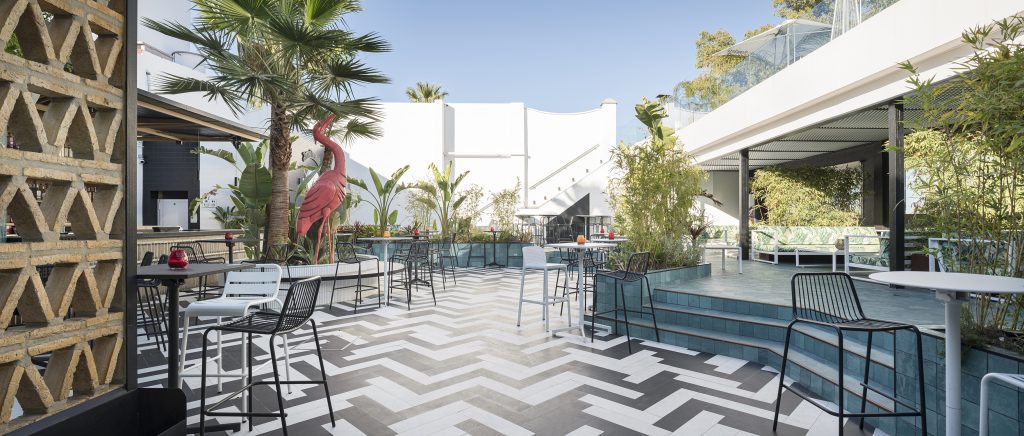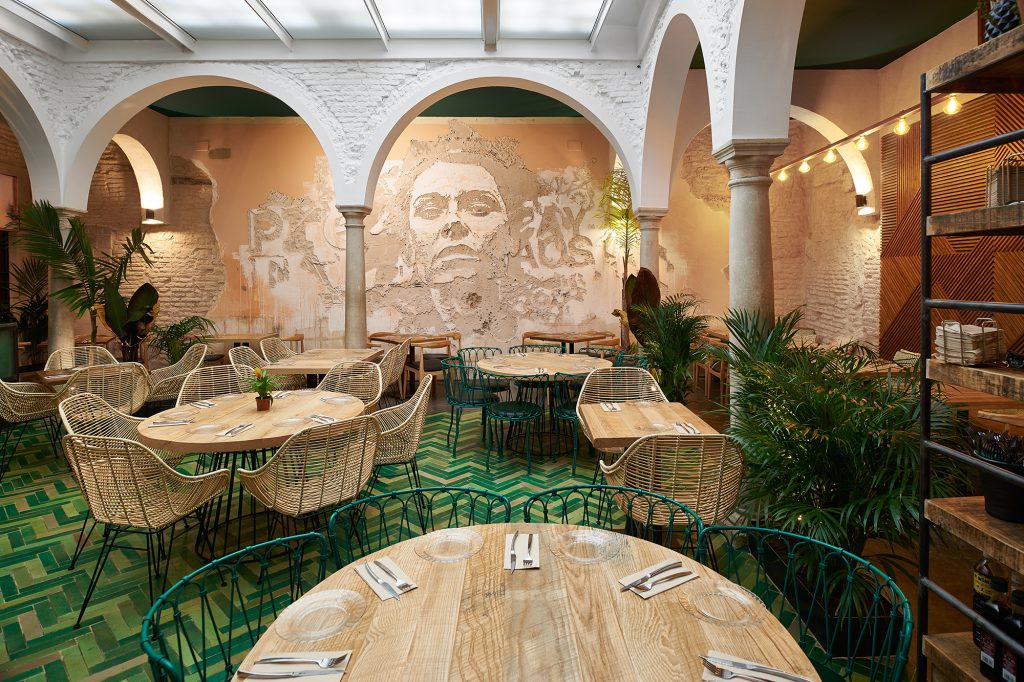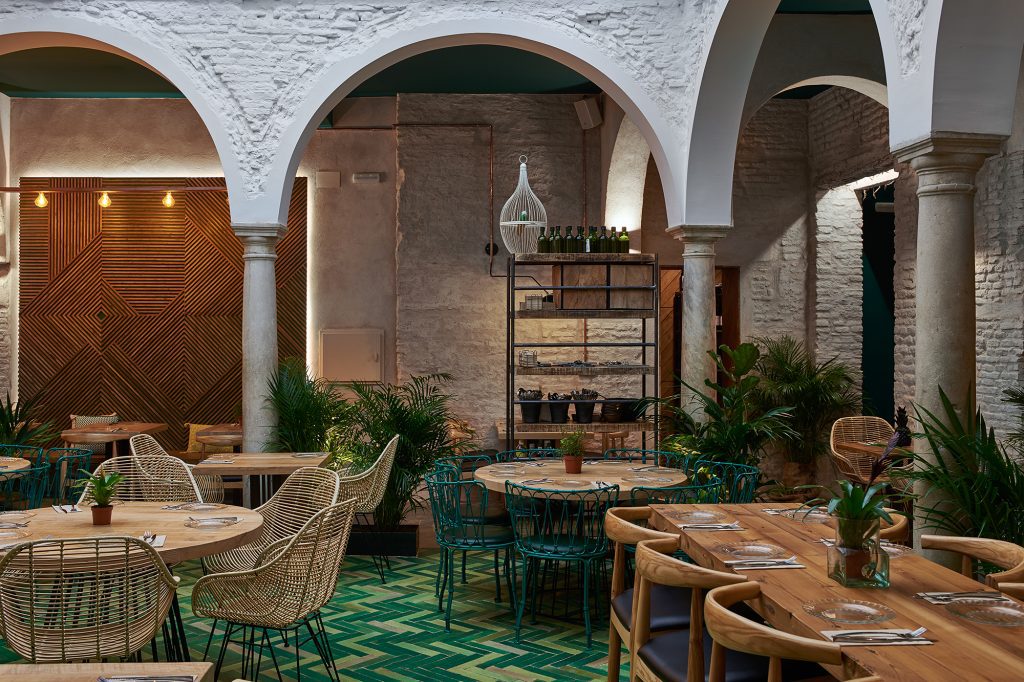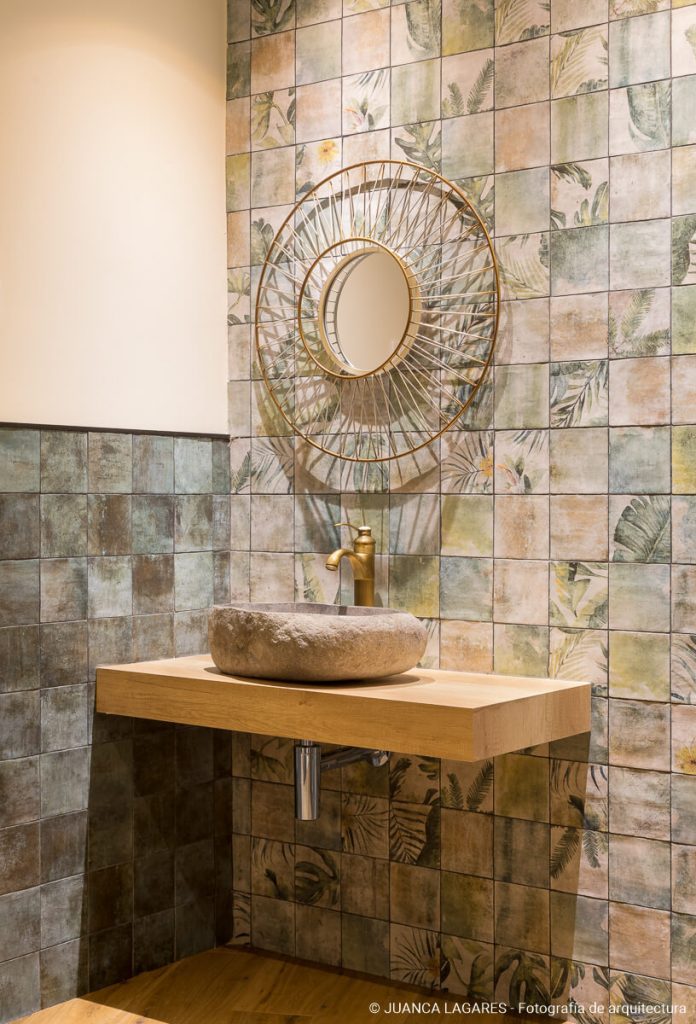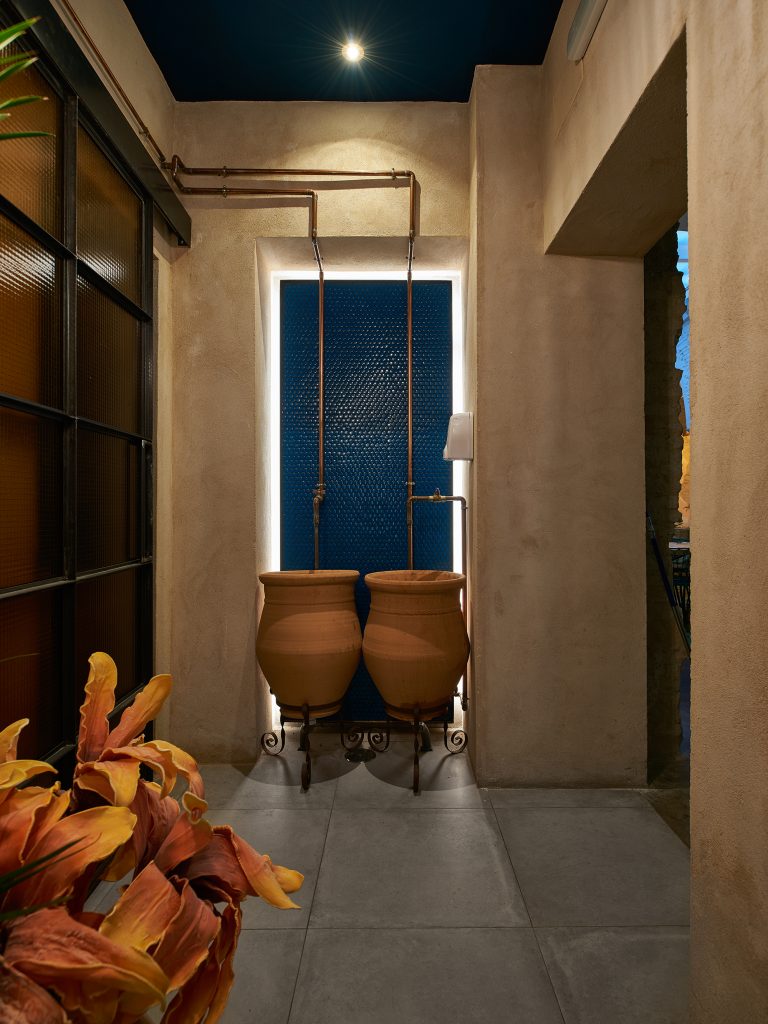Architecture in the hotel industry already has a very important weight because it is necessary to create successful businesses that are a sum of well-related factors.
For this, it is necessary to understand the hospitality industry and master the language that emotionally hooks customers with the business strategy of the premises. The team at the CM4Arquitectos architecture studio knows a lot about this, which has extensive experience in designing restaurants in different cities throughout the country.
We have spoken with Javier Verdugo, architect partner of CM4arquitectos who tells us about this field of architecture that is on the rise and gives us advice to create restaurants of reference.
CM4Arquitectos lately works more on drawing attention by designing simple, discreet and pleasant spaces than striking ones. They have realized that within the maelstrom of new premises, what is different and simple attracts more attention, something that is complex given the great competition that exists.
Arouse customer emotion
Today, and especially in Spain, we have a widespread culture of frequenting catering establishments, this means that it is increasingly difficult to arouse an emotion in a customer.

Restaurante in Mairena – Ditirambo – CM4Arquitectos
Balance between design and restaurant needs

LPA The Culinary Bar – CM4Arquitectos
The first step, before starting the design, is to work with clients on their functional, space and equipment requirements. The restaurant must be functional and must provide good service. It is useless to focus only on the design and that the premises do not work, it would close in a few days and we would be left without a job.
“Although the design is fundamental, a certain balance must be maintained with other aspects, such as the functional, the economic or the temporary”
Design with the type of kitchen in mind
The type of cuisine is usually the result of a business plan and therefore of a type of client, a type of service, a certain ratio of clients, etc.

Pizzería La Urbana – CM4Arqutiectos
These factors are decisive when designing the space, selecting materials, type of furniture, lighting, etc.
Achieve pleasant environments
Although trends are evolving and changing, there are factors that are fixed when it comes to creating a pleasant environment. Lights in warm tones and natural materials are always synonymous with comfort.
Starting from this base we continue working with colors and textures depending on other aspects or sensations that we want to achieve.

Restaurant Chifa Tapas – CM4Arquitectos
Customer experience
The client, even if he is not directly aware, if he perceives when a space is conceived and designed, when there is an interior design project in a room, everything is consciously placed in a certain place, nothing in that space is accidental or has been done immediate.
This design work means that each visit to the premises is different, that customers repeat or recommend it and that they want to spend time in it.

Terraza Lantana – CM4Arquitectos
Project onto historic buildings
In projects of this type it is quite a challenge to work with historical conditions, we are usually quite cautious and respectful of the environment where we work.

Restaurant Lobo López – CM4 Arquitectos
This allows us to rely on elements that we cannot “touch” and that we use to highlight them, expose them and combine them with contemporary solutions and materials.

Restaurant Lobo López – CM4 Arquitectos
Restrooms in a restaurant
Historically it has been the residual space, the one in the background on the right, but for us it is a perfect area to give free rein to the imagination.

Photo: Fuanca Lagares 
CM4 Arquitectos
It is a space that in hospitality occupies a high enough percentage of the surface of the premises to not take them into account and that practically all customers use.
As I mentioned before, if each space is thought out and designed, that will result in customers commenting on their experience, sharing it, recommending it and coming back.


